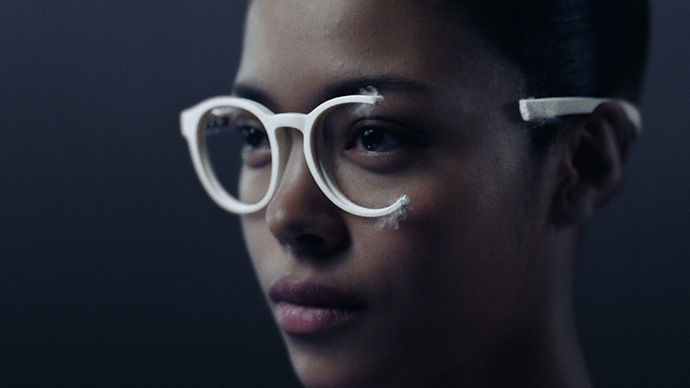Smart glasses, once a mere figment of science fiction, are rapidly transcending their novelty status to become indispensable tools in various domains. As technology continues to advance at an exponential rate, the boundaries of smart glasses technology are continually being pushed, offering unprecedented opportunities for innovation and exploration. With the integration of cutting-edge features such as augmented reality AR displays, advanced sensors, and artificial intelligence AI capabilities, smart glasses are poised to revolutionize how we perceive and interact with the world around us. At the forefront of smart glasses technology is the pursuit of crystal-clear vision. Traditional eyewear corrects visual impairments passively, but smart glasses are redefining this concept by actively enhancing vision through sophisticated digital displays and intelligent algorithms. These glasses are equipped with high-resolution microdisplays that overlay digital information onto the user’s field of view, seamlessly integrating virtual elements with the real world. Whether it is providing real-time navigation guidance, displaying vital information during professional tasks, or offering immersive gaming experiences, the clarity and precision of these displays are paramount to their effectiveness.

Ultra-high-definition displays, coupled with advanced optical components such as waveguide optics or holographic lenses, are enabling unparalleled levels of image quality and color accuracy. This heightened visual fidelity not only enhances the user experience but also facilitates more immersive AR applications, where virtual objects seamlessly blend with the user’s surroundings. Beyond visual clarity, smart glasses are leveraging AI-driven algorithms to optimize user interactions and contextual understanding. By employing computer vision and machine learning techniques, these devices can recognize objects, interpret gestures, and even anticipate user intentions to Learn More. This intelligent processing power enables a range of innovative functionalities, from automatically translating foreign languages to providing personalized recommendations based on user preferences and behavior. As AI algorithms continue to evolve and improve, smart glasses will become even more adept at understanding and adapting to the user’s needs, further enhancing their utility and versatility. In addition to visual enhancements, smart glasses are also breaking new ground in terms of connectivity and integration with other devices and ecosystems.
Seamless integration with smartphones, IoT devices, and cloud services allows users to access a wealth of information and functionality directly from their glasses. Whether it is checking notifications, controlling smart home devices, or accessing cloud-based productivity tools, smart glasses serve as a central hub for digital interaction, streamlining workflows and enhancing productivity. Furthermore, the miniaturization of components and advancements in power efficiency are making smart glasses more lightweight, comfortable, and practical for everyday use. Gone are the bulky prototypes of yesteryears; modern smart glasses are sleek, stylish, and unobtrusive, seamlessly blending into the user’s lifestyle without compromising on functionality. As smart glasses technology continues to evolve, the possibilities are virtually limitless. From revolutionizing industries such as healthcare, manufacturing, and logistics to transforming how we communicate, learn, and experience the world, these devices are poised to shape the future in profound ways. With crystal-clear vision as their guiding principle, smart glasses are not just augmenting reality—they are redefining it.

